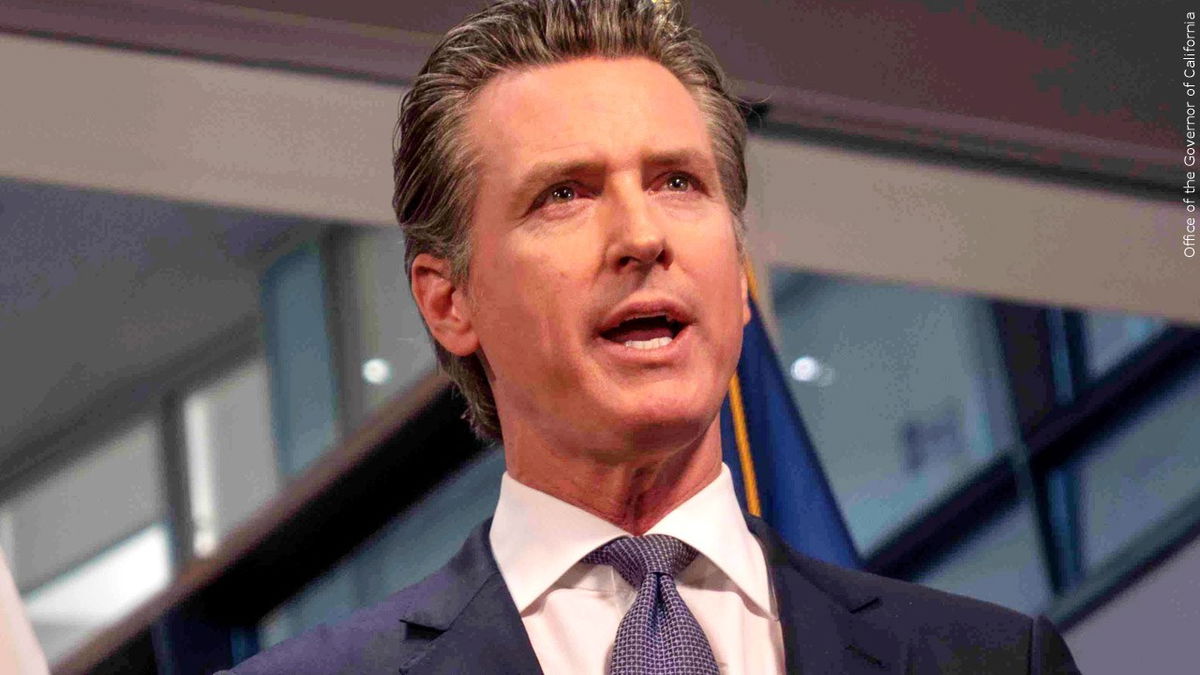Californians to get up to $1,050 in inflation relief payments as part of budget deal, lawmakers say

California state leaders have reached a budget agreement that would send inflation relief payments to 23 million Americans, amid soaring inflation and rising gas prices.
The office of Governor Gavin Newsom, Senate President pro Tempore Toni G. Atkins (D-San Diego) and Assembly Speaker Anthony Rendon (D-Lakewood) issued a joint press release on Sunday night announcing the framework for the 2022-23 state budget:
“California’s budget addresses the state’s most pressing needs, and prioritizes getting dollars back into the pockets of millions of Californians who are grappling with global inflation and rising prices of everything from gas to groceries.
“The centerpiece of the agreement, a $17 billion inflation relief package, will offer tax refunds to millions of working Californians. Twenty-three million Californians will benefit from direct payments of up to $1,050. The package will also include a suspension of the state sales tax on diesel, and additional funds to help people pay their rent and utility bills.
“In addition, California is doubling down in our response to the climate crisis – securing additional power-generating capacity for the summer, accelerating our clean energy future, expanding our ability to prepare for and respond to severe wildfires, extreme heat, and the continuing drought conditions that lie ahead.
“This budget builds on our unprecedented commitment to transform the resources available in our state, from a $47 billion multi-year infrastructure and transportation package to education and health care, showing the nation what a true pro-life agenda looks like. With these new investments, California will become the first state to achieve universal access to health care coverage. And in the wake of Friday’s stunning Supreme Court decision, the state is reaffirming its commitment to defending reproductive rights, providing more than $200 million in additional funding for reproductive health care services. The state will also be investing in key programs that help California families, from funding for homeownership programs and billions of dollars in additional ongoing funding for education, to universal preschool, children’s mental health, and free school meals.
“In the face of growing economic uncertainty, this budget invests in California’s values while further filling the state’s budget reserves and building in triggers for future state spending to ensure budget stability for years to come.”
HOW WOULD PAYMENTS BE DISTRIBUTED?
Relief payments would be distributed on an income-based system. Roughly 14.2 million California taxpayers earning $75,000 as individuals and $150,000 as joint filers, would get $350 each and another $350 if they have at least one dependent.
Joint filers with one or more dependents would receive $1,050. 2.1 million taxpayers earning between $125,000 per individual and $250,000 for joint filers, would receive $250 per person and another $250 for at least one dependent, for a total of up to $750.
1.1 million taxpayers, earning $250,000 as individuals and $500,000 as joint filers, would receive $200 per person and another $200 for at least one dependent, for up to $600.
About 500,000 taxpayers, those earning more than $250,000 or $500,000 for joint filers, would not be eligible for relief under the agreement.
It's unclear when payments to those who qualify would begin to go out.
Stay with News Channel 3 for continuing updates.





